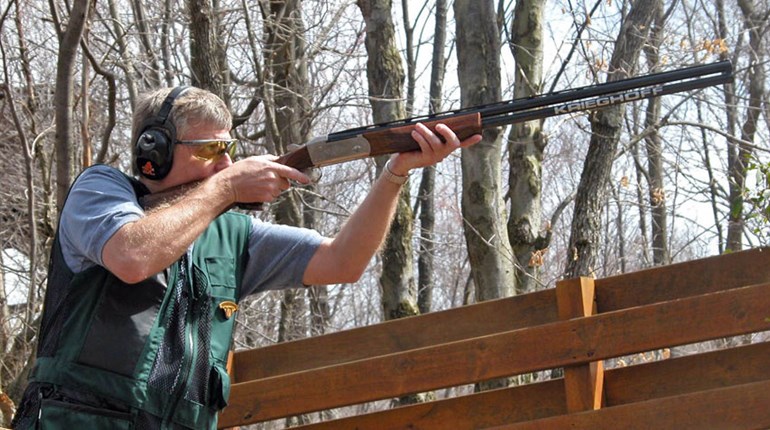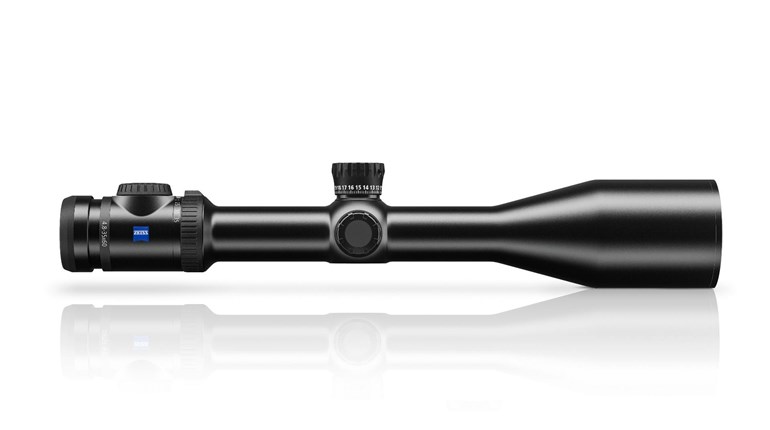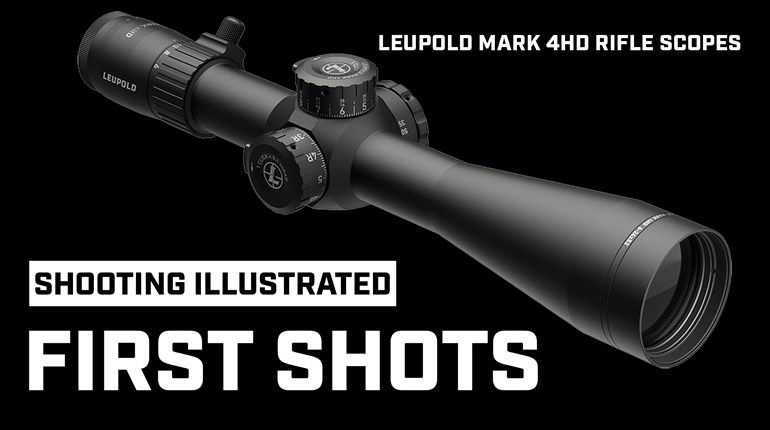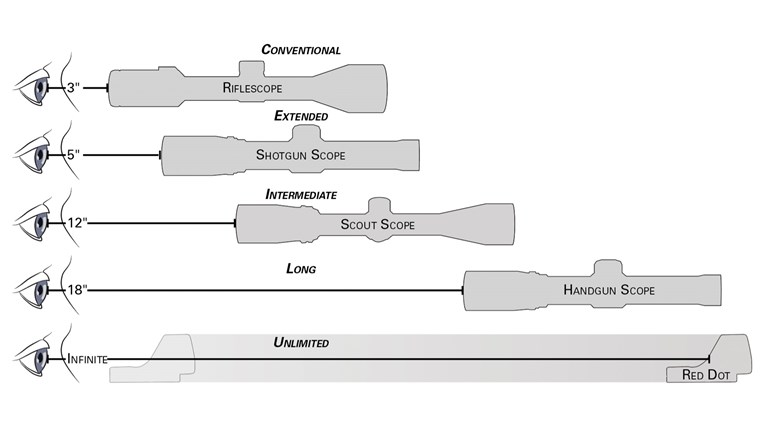
For most of us, the rifle is just the beginning of our hunting setup; we also need a scope. A properly mounted riflescope can make a great hunt, but a poorly mounted one will break it. Here are some tips for trouble-free scope mounting.
Have the Proper Tools
Basic and necessary equipment includes a screwdriver with a variety of bits. Remember, the wrong bit will distort screw or hex heads. To avoid problems, look at gunsmith screwdriver sets or the Wheeler Professional Scope Mounting Kit Combo, which contains all that is needed to mount pretty much any riflescope. 
Preparation
First, I secure my firearm in a Tipton Gun Vise for a rock-solid hold without leaving marks on any firearm. In the old days, I would simply put my firearm on the rests I used to sight-in, which does work. Just be careful—if a firearm moves as you tighten the screws, that could lead to screw head damage. When secured, I remove the tap screws or sights and once detached, I spray the holes and the screws to be used to secure the scope base to the frame with a degreaser.
Base Installation
I use a lot of Weaver-type bases so once positioned, I next put a drop of thread lock (such as Loctite) on the screw’s threads and then snug them in place. Now I use the Wheeler F.A.T. Torque Wrench to assure consistency of pressure on the screws. Tighten them down too much and screws can be stripped or heads broken. Not enough, and the screws become loose.
Also, when using a torque wrench, set it to the poundage recommended by the manufacturer, which for base screws is generally 25 lbs., and ring screws around 20.
Here is what Wheeler Engineering recommends:
For screws securing a base: 30 inch-lbs.
Steel ring screws: 15 to 20 inch-lbs.
Aluminum ring screws: 10 to 15 inch-lbs.
Windage screws: 30 to 40 inch-lbs.
What you should also be aware of are the lengths of the screws. If the screw you are tightening has very little threads of engagement, meaning fewer than six threads that are holding whatever, back off the torque to 15 inch-lbs. for all types of material. Another tip from Wheeler is that the Allen wrenches that are usually included with rings and bases will start to bend when 15 to 20 inch-lbs. of pressure is applied. If you’re using these, keep an eye out.
Ring Attachment
First, with a degreaser on a cloth, clean out the inside of the rings. (My favorite rings happen to be the Burris Signature Pos-Align variety with their inserts.) I next position these within. For a check to see if the rings are aligned, Wheeler has an easy-to-use alignment tool which is a part of the kit.
With fixed rings, alignment is usually not a problem. If rings that have a lot of windage adjustment are not perfectly aligned, the scope’s tube can be bent. Notice I did not mention applying a locking agent to these screws which were degreased. Some gunsmiths state you should but on all the scopes I have mounted, none have ever come loose without it.
If the rings are out of alignment and a scope is then forced within and secured, this will leave marks on the scope tube that can look like a deep scratch to slight bending. With a bent tube, a scope is more likely to fail! Such marking can also be the result of the inside of rings not being perfectly round and/or the screws used to secure the scope were extremely tight.
If the rings themselves are the problem, the Wheeler Mounting Kit Combo contains a scope lapping bar, handle and compound for 1” and 30 mm rings. What lapping does is to guarantee perfect contact between the inside of the rings and the now-perfectly round scope tube. This is another reason why I prefer Burris rings with inserts that can be mixed so to adjust the scope’s position to what is needed.
Crosshair Alignment and Eye Relief
Make sure this is also correct before tightening down the screws that secure the scope to the base. When doing this, proper torque is again important!
Boresighting plus Checks and Balances
With the scope mounted, it is now time to boresight the firearm. Here is a basic way to do this without tools: Stabilize the firearm and look through the bore to center something small downrange within the barrel. Then, while keeping the firearm steady, simply move the scope adjustments to where the center of the crosshair was center of the target.
These days, you don’t even have to do that, thanks to laser boresighters. Wheeler has a battery-powered one that attaches magnetically to the muzzle, while Bushnell has another with caliber adapter rods that fit into the muzzle end of the barrel. For years I have used a Simmons boresighter. It’s a kit that includes studs of the various caliber sizes which are inserted into the bore. Then attached to it is the boresighter unit with its grid. To make corrections, simply look into the scope and move its windage and elevation adjustments to where the center of the crosshair is centered within the grid. Now, when you actually shoot, you will be either at or near where you need the rifle to hit.
The next step, of course, is to zero-in … but that’s another article.







































